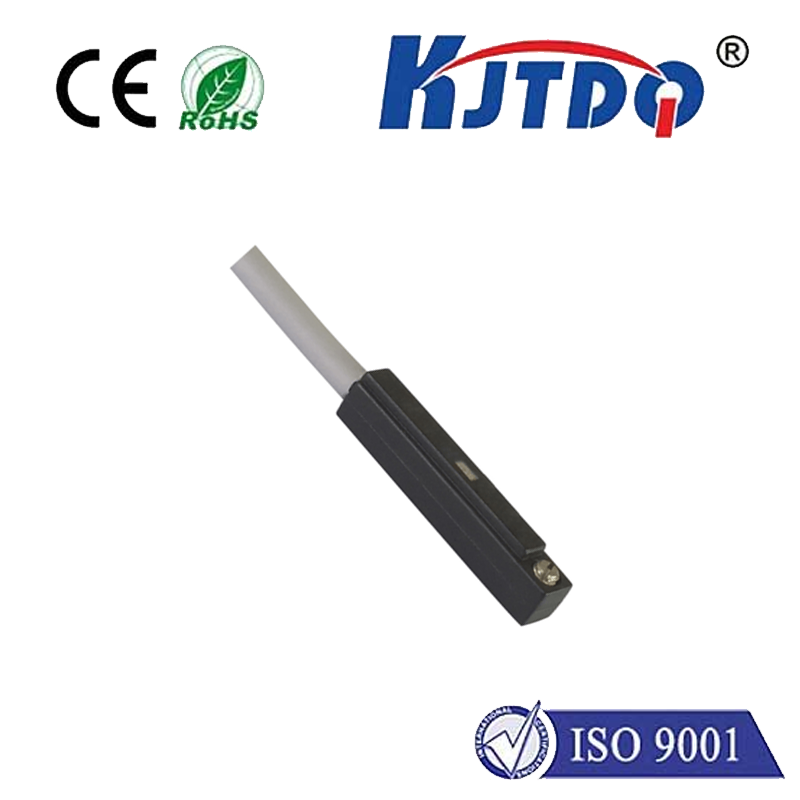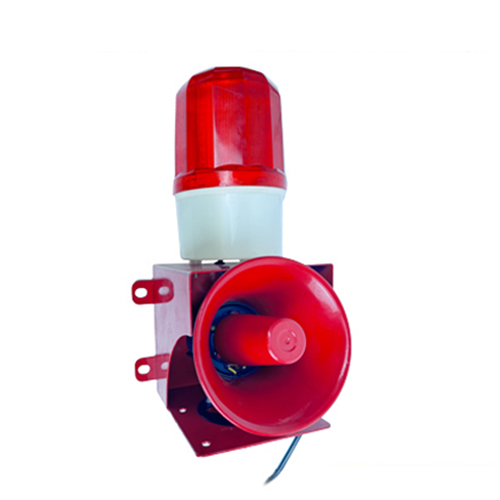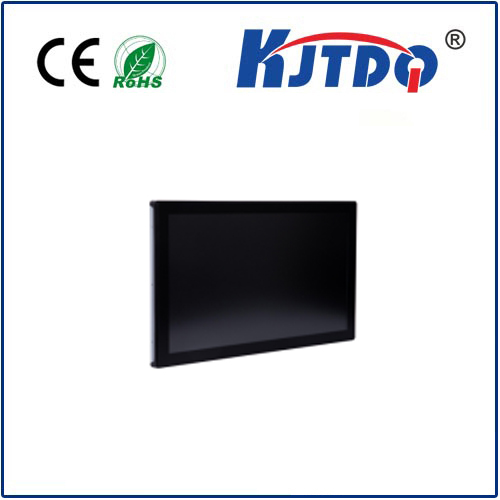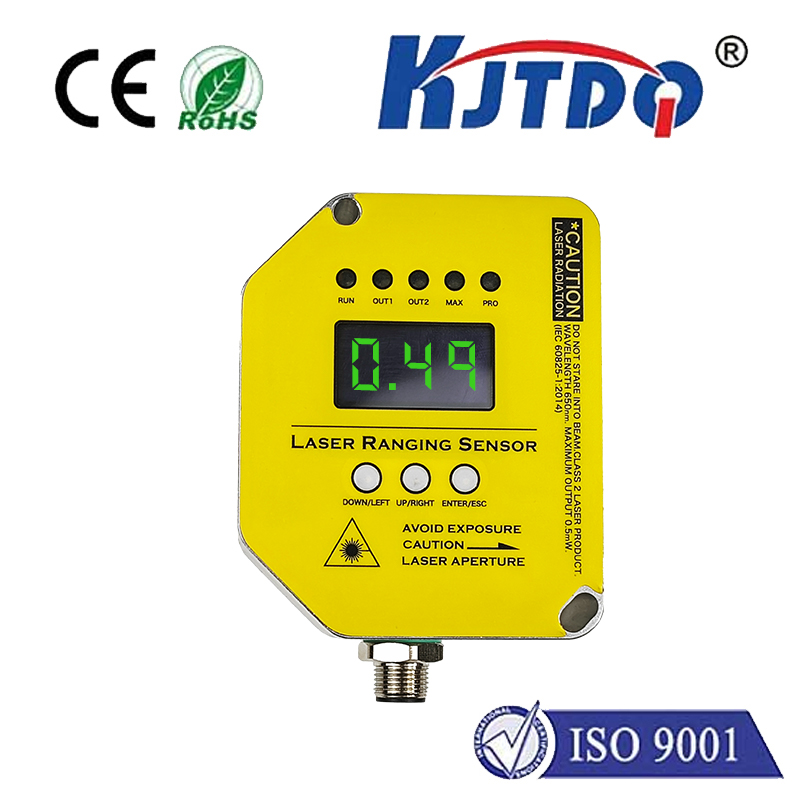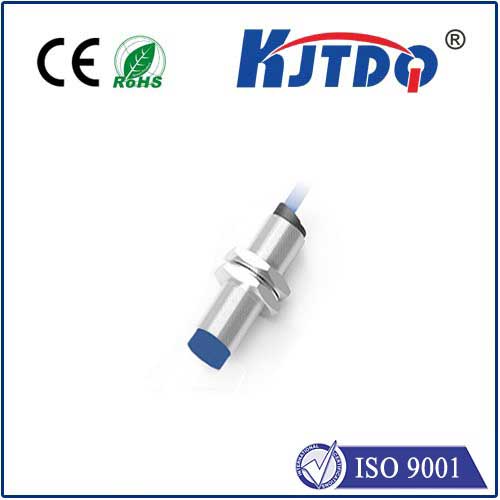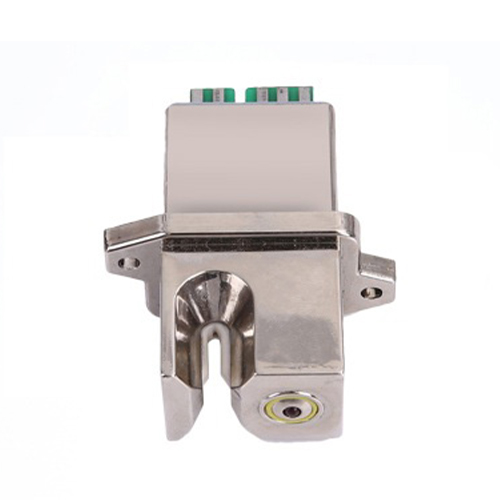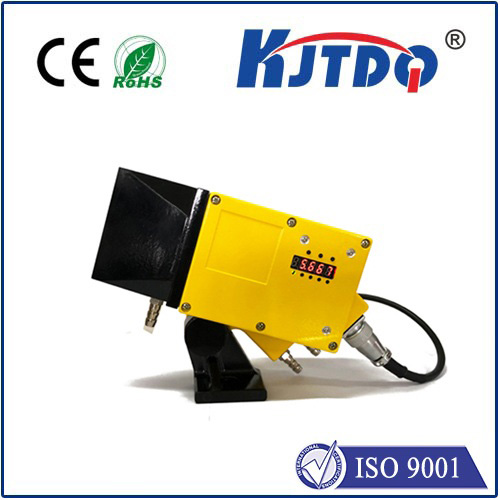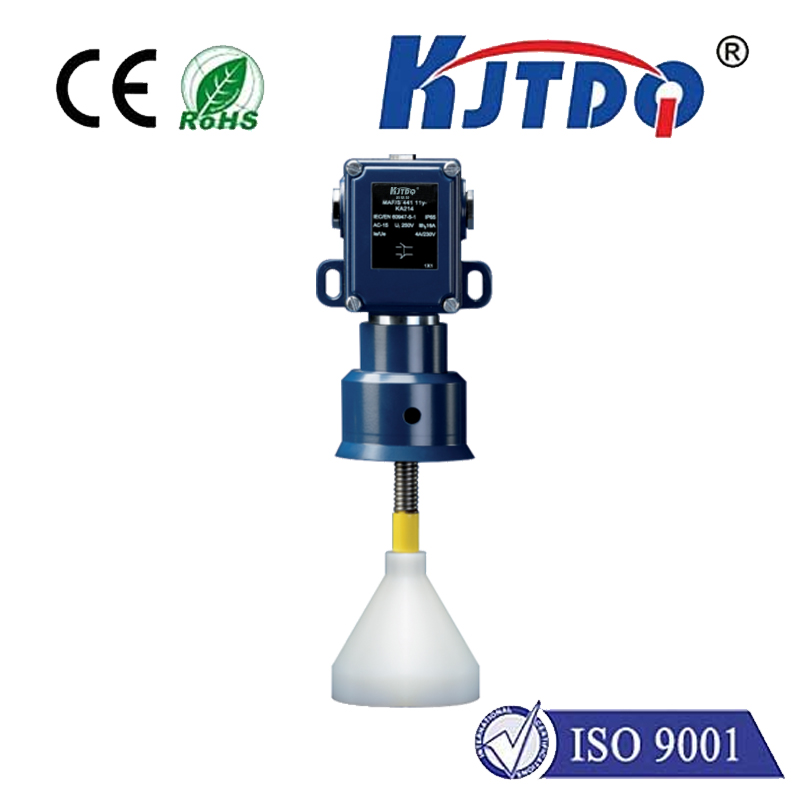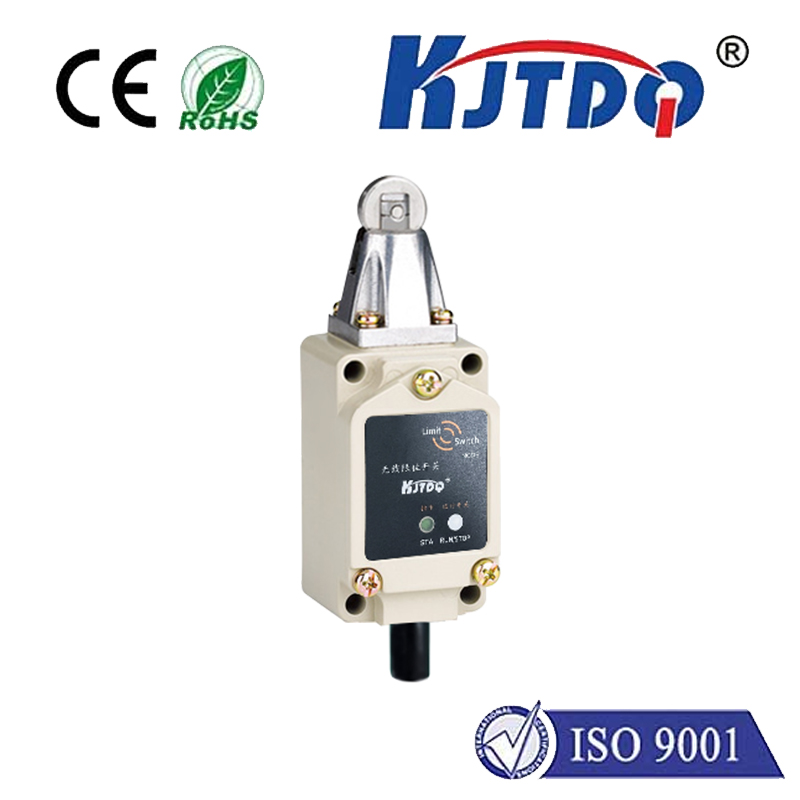waveguide sensor
- time:2025-08-15 03:25:47
- Click:0
Waveguide Sensors: Illuminating the Path to Ultra-Sensitive Detection
Imagine harnessing the power of light, not just to see, but to detect the incredibly subtle – a single molecule binding, a minuscule shift in temperature, or a trace contaminant in water. This is the remarkable realm of waveguide sensors, photonic devices transforming industries from healthcare to environmental science through their exceptional sensitivity and precision. By confining and guiding light waves along a specific path, these sensors unlock unprecedented capabilities for monitoring our world at the molecular level.
What Exactly is a Waveguide Sensor?
At its core, a waveguide sensor leverages the principles of waveguide optics. A waveguide is a physical structure – think along the lines of an optical fiber, a thin film on a substrate, or a channel etched into a chip – designed to confine and direct electromagnetic waves, most commonly light in the visible or near-infrared spectrum, along its length with minimal loss. The sensor aspect arises when this guided light interacts with its surrounding environment. Changes in the environment adjacent to the waveguide cause alterations in the properties of the guided light itself – its intensity, phase, polarization, or resonant wavelength. Detecting these subtle changes forms the basis of the sensing mechanism.
The Crucial Mechanism: Perturbing the Guided Light
The magic lies in the evanescent field. When light travels through a waveguide, its electromagnetic field doesn’t stop abruptly at the waveguide’s boundary. Instead, it extends a very short distance (typically nanometers to micrometers) into the surrounding medium. This decaying field is the evanescent wave. It’s this evanescent field that interacts directly with the analyte (the substance being detected) on or near the waveguide surface.

Key interactions include:
- Refractive Index Change: When analyte molecules bind to a specially coated waveguide surface (biofunctionalization), they alter the local refractive index near the waveguide. This changes the effective refractive index “seen” by the guided mode, shifting its phase or resonant wavelength, detectable with high-resolution instruments.
- Absorption: If the analyte absorbs light at the guided wavelength, it reduces the light intensity propagating through the waveguide.
- Fluorescence: The evanescent wave can excite fluorescent molecules tagged to the analyte. The emitted fluorescent light is then detected.
- Scattering: Binding of large particles (like cells or nanoparticles) can scatter the evanescent field, reducing coupling efficiency or signal intensity.
Why Waveguide Sensors Stand Out: Key Advantages
Several inherent features make optical waveguide sensors exceptionally compelling:
- High Sensitivity & Low Detection Limits: Their ability to detect minute changes in refractive index or the binding of very few molecules stems from long interaction lengths (light travels centimeters along the waveguide, interacting continuously) and the highly sensitive detection of light property shifts. Label-free detection (directly sensing binding without fluorescent tags) is a major advantage, simplifying assays.
- Miniaturization and Integration: Waveguides, especially planar types like those made on silicon (e.g., Silicon Photonics), can be fabricated on chips. This enables the development of compact, portable lab-on-a-chip devices and allows for integrating multiple sensing elements (multiplexing) on a single platform.
- Immunity to Electromagnetic Interference: As optical devices, they are unaffected by electrical noise, making them robust in challenging environments.
- Remote Sensing Potential: Optical waveguides, particularly optical fibers, allow sensing in hard-to-reach locations, transmitting both the excitation light and the returning signal over long distances.
- Real-Time Monitoring: They provide continuous, real-time data on binding events or environmental changes, crucial for processes like drug discovery or environmental monitoring.
Exploring the Types: A Diverse Sensor Family
Waveguide sensors come in various configurations, each with unique strengths:
- Planar Waveguide Sensors: Fabricated on flat substrates (glass, silicon, polymers) using techniques like deposition and lithography. They form the basis of integrated optics and are ideal for lab-on-a-chip applications. Sensors often measure refractive index changes.
- Fiber Optic Waveguide Sensors: Utilize modified optical fibers. Common types include fiber Bragg gratings (FBGs) (sensitive to strain/temperature via wavelength shift), long-period gratings (LPGs) (sensitive to refractive index), and tapered fibers (enhanced evanescent field interaction). Valued for their remote capability and versatility.
- Photonic Crystal Waveguide Sensors: Employ nanostructured materials with periodic variations in refractive index. Light confinement is extremely strong, and they feature photonic bandgaps. Small environmental changes can cause large shifts in transmission or resonant wavelengths, offering potentially ultra-high sensitivity.
- Surface Plasmon Resonance (SPR) Sensors: While not strictly a dielectric waveguide, SPR leverages a similar evanescent wave principle on a metal surface and is a cornerstone of label-free biosensing. Often integrated with dielectric waveguides for excitation.
Transforming Industries: Waveguide Sensors in Action
The unique capabilities of waveguide sensors drive innovation across numerous fields:
- Biomedical & Life Sciences: The dominant application area. They enable real-time, label-free monitoring of biomolecular interactions (protein-protein, drug-target, DNA hybridization) for drug discovery, diagnostics (detecting disease biomarkers), and point-of-care testing. Optical fiber probes offer minimally invasive in-vivo sensing.
- Environmental Monitoring: Detecting trace pollutants (heavy metals, pesticides, pathogens) in water or air with high sensitivity. Fiber sensors can be deployed in water distribution systems or remote field sites. Monitoring gases like CO2 or methane is another key application.
- Chemical Process Control: Real-time monitoring of chemical concentrations, pH, or reaction progress within industrial reactors or pipelines using robust fiber optic or planar sensors.
- Food Safety & Quality: Rapid detection of pathogens (e.g., Salmonella, E. coli), toxins, or chemical contaminants to ensure food safety. Monitoring parameters like freshness or spoilage.
- Industrial Sensing: Measuring physical parameters like temperature (using FBGs extensively in structural health monitoring of bridges, aircraft, pipelines), pressure, strain, and flow with optical fibers.
- Security & Defense: Detecting explosives, chemical warfare agents, or biological threats with high specificity and speed. Fiber sensors can create distributed sensing networks.
The Future is Bright: Ongoing Evolution
Research pushes the boundaries of waveguide sensor performance. Key directions include enhancing sensitivity further using novel materials and nanostructures (like metasurfaces), developing more sophisticated biofunctionalization techniques for specific analyte capture, integrating advanced light sources and detectors on-chip, reducing cost for widespread deployment, creating highly multiplexed platforms for parallel analysis, and improving ruggedness for field applications.
From enabling groundbreaking medical discoveries to safeguarding our environment and infrastructure, waveguide sensors are powerful tools. By expertly channeling light and interpreting its subtle conversations with the surrounding world, they provide the clarity and precision needed to detect the previously undetectable, driving progress across science and industry. Their ability to deliver label-free, real-time, and highly sensitive data makes them indispensable in our increasingly measurement-driven world.












